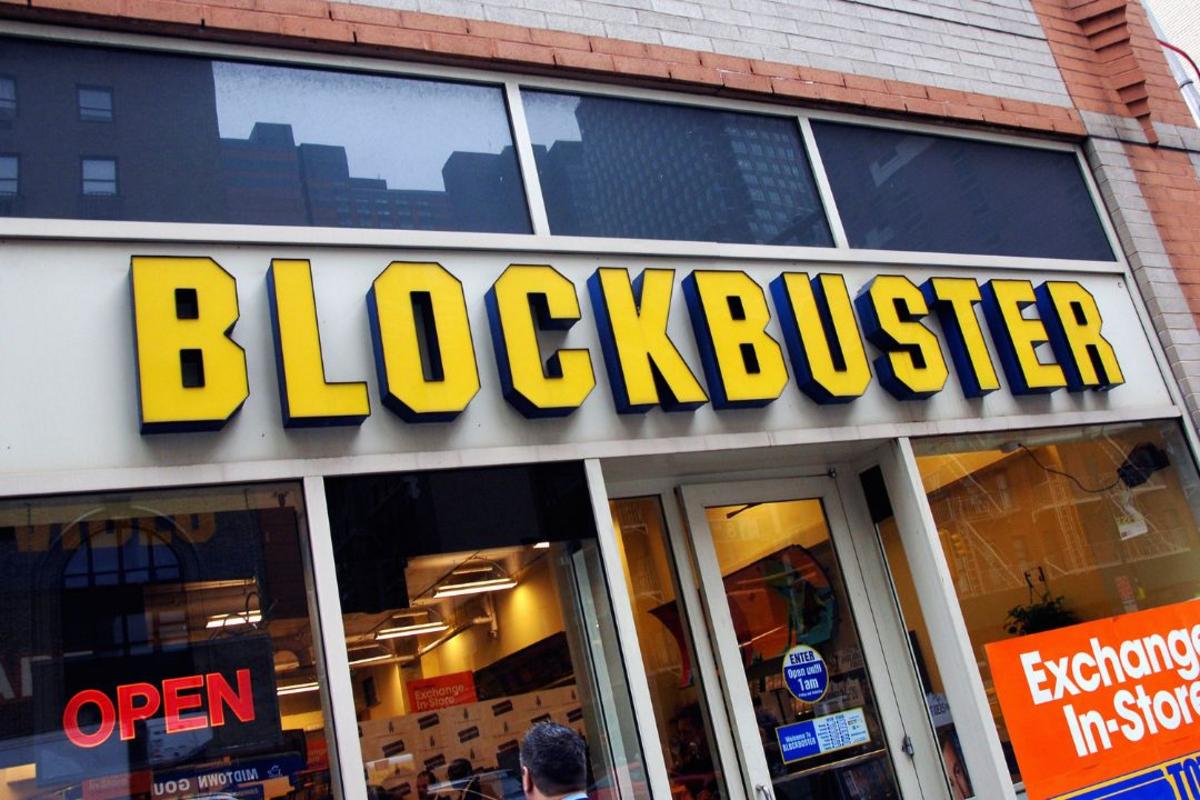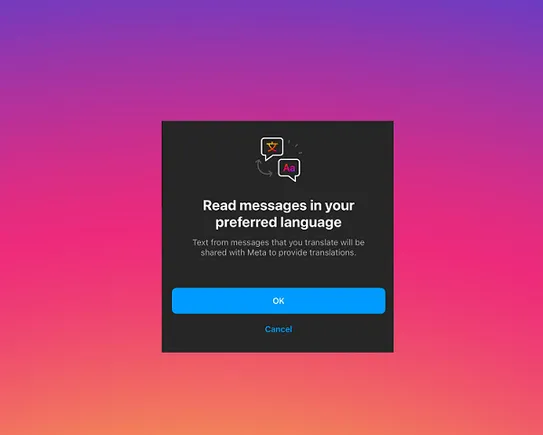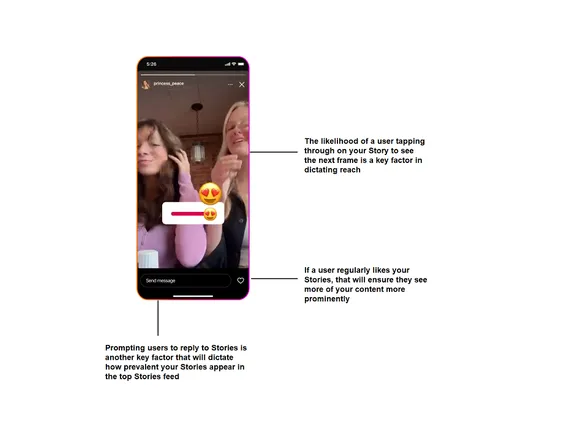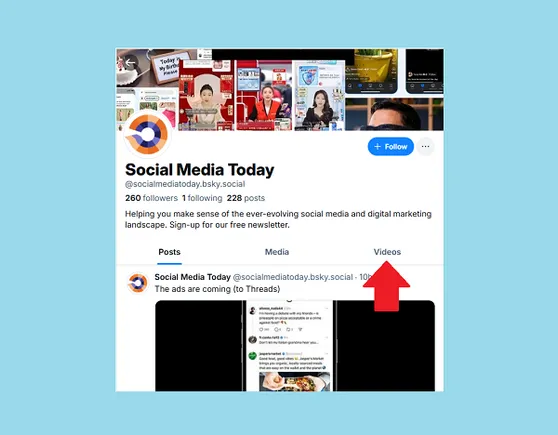This is the second of a three-part series on the ROI of personalization. The first part (audience measurements) can be found here.
While doing personalization well poses challenges to even the most sophisticated brands, offering personalized customer experiences is increasingly becoming a distinguishing factor in high-performing companies.
Companies excelling at personalization can generate up to 40% more revenue than those deemed average at it, according to McKinsey.
In the first article in this series, we looked at measuring the performance of personalized experience by how customers reacted, whether individually or within audience segments.
The next way to measure the ROI on personalized experience is by looking at the performance of content and its contribution as part of a specific experience and across the entire buyer’s journey.
Individual and incremental content performance
Let’s begin at the most “zoomed-in” view by looking at how individual elements perform. After all, if something isn’t working at the micro level, chances are there will be issues in the bigger picture.
Some of the ways of looking at individual performance include:
- How an individual piece of content or an individual channel performs.
- Performance on an individual stage in the buyer’s journey or by audience segment.
To take an incremental performance approach would mean looking at things in terms of:
- Providing personalized content and experience vs. providing no personalization.
- Providing cross-channel personalization vs. personalization on a single channel (or none).
- Single channel performance utilizing personalization vs. not using personalization on that channel.
These are also important because personalization takes time, effort and other resources to accomplish. Find out if there are areas you get better results at than others so you can be as efficient as possible.
Dig deeper: How to enable greater personalization in a world of impersonal experiences
Multi-touch attribution
As a marketer, you’ve undoubtedly asked this question and as a customer, you’ve been asked a million times, “How did you hear about our product or service?”
In this world of channel switching and always-on marketing campaigns, it’s most likely that a customer hears about a product or service from not one but five or six channels — though they may only likely remember one or two. That doesn’t mean, however, that each of the six channels they were reached on had no effect.
The next way to measure the performance of personalized content is to use a multi-touch attribution model, which considers all the methods a customer might be reached and determines each of those channels’ contributions to a sale.
- A single channel’s contribution to the sale.
- The optimal order of communications to create a conversion.
- Channels that have the least amount of lift (which can be removed and potentially save marketing dollars).
- The optimal first- or last-touch channels that create the biggest impact.
While John Wanamaker famously said that half of his advertising didn’t work, but he just didn’t know which half, the true answer may be much more nuanced than that.
Using a multi-touch attribution model, Wanamaker may have found that 75% of his advertising contributed to some type of lift, regardless of how small each individual contribution was.
Dig deeper: Marketing attribution: What it is, and how it identifies vital customer touchpoints
The cost of personalization
Brands should also not take for granted that personalization is solely a value-add endeavor. There is a cost to:
- Creating content variations.
- Planning multiple variations of automations and journeys.
- Measuring those efforts.
- And all of the other activities.
This doesn’t mean that providing personalized customer experiences isn’t worth it. That said, taking a realistic and pragmatic approach from the start will serve you well throughout.
Here are a few things to consider:
- Resources need to create the content variations (text, imagery, videos and more) that personalization requires.
- Resources to manage multiple variations of campaigns, offers and experiences.
- What happens when details change? You will need a taxonomy and categorization system to streamline this process.
- Platform costs to support personalization, measurement and analysis.
I don’t mention these things to dissuade you from making further investments in personalization. Instead, it is important to proceed with a realistic mindset.
Also, to do this well often means to approach it incrementally so that the investments in process and platforms are incorporated more easily by your people.
Dig deeper: How marketers can prioritize digital experiences
Beyond performance, how do we measure if personalization is worth it?
So far, we’ve talked about how to do it, but the question still remains — is it always worth it to invest in creating omnichannel personalized experiences?
After all, 63% of marketers said last year that they struggle with personalization, according to Gartner.
Additionally, because the technology and data requirements of multi-channel personalization also require larger-scale changes, it probably doesn’t help to see that 84% of digital transformation initiatives are said to fail as well.
So how do we reconcile the fact that there is so much potential benefit to personalization, yet the costs and risks associated with it are also very real?
The most successful approaches are those that are done incrementally, using lean and agile methods such as minimum viable products and systems of continuous improvement.
Make no mistake, personalized experiences are the future of marketing and customer experience. How quickly brands get there can also make the difference between who becomes and remains a category leader.
Get MarTech! Daily. Free. In your inbox.
Opinions expressed in this article are those of the guest author and not necessarily MarTech. Staff authors are listed here.





































































